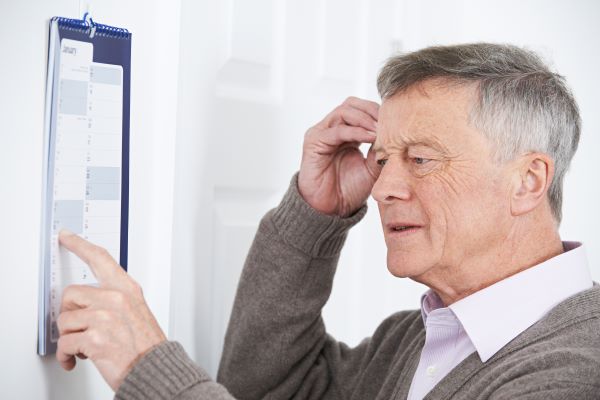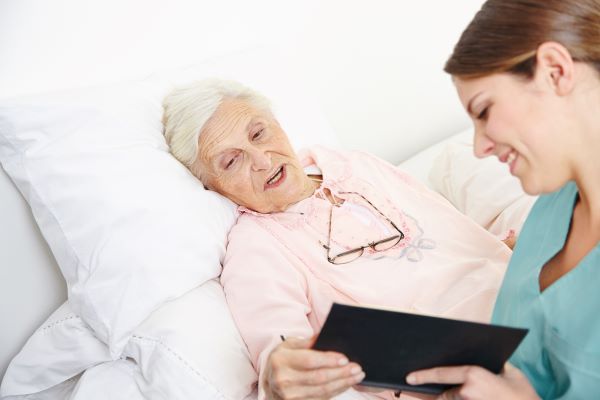In America, aging in place has become the norm for many aging adults. Nearly all…
Continuing Care at Home
Decades ago in America, it was prevalent that extended family members lived near to one another, providing a system of support and care for the family young and old. Now many families live far out of reach from the daily lives of their elderly parents save for the internet and internet of things allowing for digital contact. Even those living near to their aging parents are generally immersed in a world where work and nuclear family commitments preclude them from having the time to devote to their parents. So the advent of Continuing Care Retirement Communities (CCRC) began to meet the living needs of these seniors. A community that allows for stages of aging with minimal disruption to the resident is a great way to offset the adult child’s responsibility of daily care to a parent but still ensuring best practices for the parent’s health and well being.
Problems arose when joining a CCRC became prohibitively expensive for many in the baby boomer generation. Expensive entrance fees, monthly fees, and increases in pricing over time made the possibility to live in a CCRC financially untenable for many senior Americans. Financially, many baby boomers are dealing with the fall out of poor retirement planning and the possibility of substantial reductions in future social security benefits due to projected government trust insolvencies in 2034. These boomers are also contending with underfunded or collapsed private pensions and a federal actuary for cost-of-living adjustments (COLA) that does not adequately address aging Americans expenditure categories. What to do? The obvious solution for those seniors who are able-bodied and healthy enough is to age in place. In this scenario, who is day to day going to be looking after mom and dad? Who will create the plan for the senior’s health and well being, and how is that best facilitated?
At the outset, aging in place tends to require more communication oversight and remote troubleshooting of basic problems by family members. In time, the issues change; they become more severe and health-driven, and have far more dire consequences than the need to hire a gardener, house cleaner, or part-time home health aide.
The operators of life plan communities are closely watching this aging in place trend and are assessing the upside of participating in the emerging “continuing care at home” (CCaH) market. The model is beyond its conceptual phase in several communities. There are now many proposals to bring CCaH businesses to a neighborhood near you. However, this consumer solution and business opportunity have some downsides to consider beyond the actuarial and financial risks. A lack of regulations, standards, and best practices is of significant concern.
Using remote monitoring and communications through internet devices and technology as oversight to track a CCaH member’s health and well being are remarkable tools. Still, the tools proper, secure, and safe deployment in a private home setting can be challenging for this new business opportunity that lacks protocols. Operators will have to ensure that all of the data being transmitted via technology has adequate cybersecurity and that it protects against breaches of the system. Regulation compliance with the Health Insurance Portability and Accountability Act of 1996 (HIPAA) and data privacy laws are a significant concern, as is resident user capability, data integrity, redundancy of system capability, and backups in the event of power or internet outages.
There are also care management risks to contend with as there is no real substitute for the daily “eyes on” human observations of an in-home resident. Technology-driven care is primarily a series of alerts triggered when some event occurs that is outside of the resident’s everyday norms. Artificially intelligent systems will someday be predictive enough to replace a set of human senses monitoring a patient in the home, and it will come with many complications as to how best to regulate the AI option. For effective care management today, there may be a need to include on sight protocol reviews and updates at standard intervals for which no regulations to follow yet exist.
There are level-of-care transition risks for which standards must also be set. At what point does a CCaH have the legal authority to transition an unwilling resident to a higher level of care, removing them from their home? Should this authority remain at a business contract level or solely at the discretion of the person’s wishes, documented health directives, power of medical attorney authority, or family member? If the senior chooses to remain in their home, and they encounter an adverse health event because it is the CCaH facility legally responsible? Can the business legally remove a contract of care for the individual if they refuse to respond to the facility’s recommendation to seek a higher level of care at a health facility?
The CCaH model of care is a promising and less expensive alternative to more traditional life plan communities and other models for senior living. Because the at-home model is so new, technology-dependent, and without much of a blueprint for operational standards, both operators and aging in place residents must be mindful of the possible risks that can occur. Appropriate government regulations and protocols are in development to mitigate problems as future proposals continue to come forward to meet the demand of this new senior living model.
We help families figure out how to age in place and how to pay for care without depleting their savings or losing their homes. If you’d like to discuss your situation and how we can help, please contact our Auburn office at 260-925-3738.



